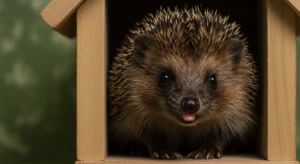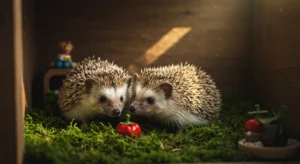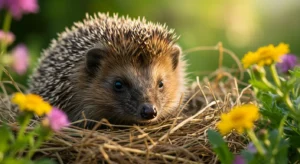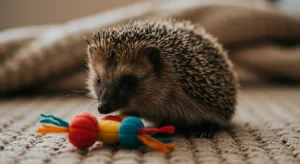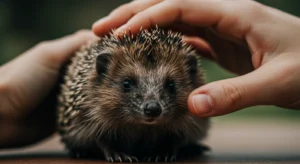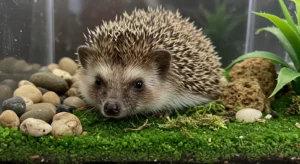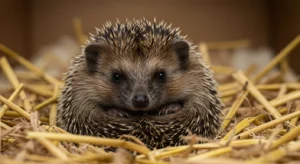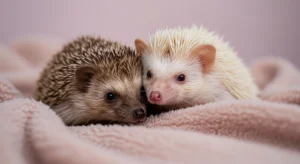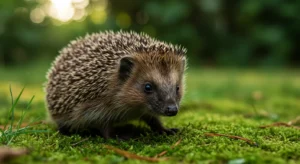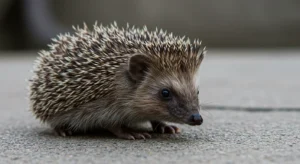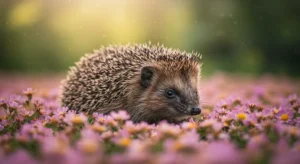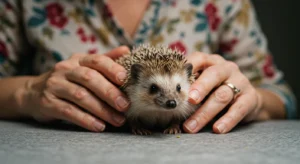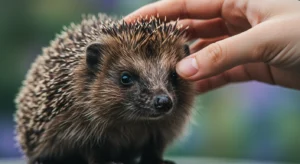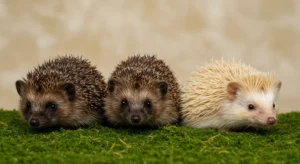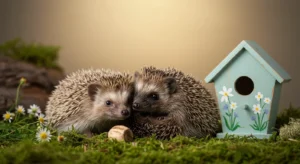Hedgehog Facts
5 Common Myths About Hedgehog Care—Debunked!
Hedgehogs are unique and captivating pets, but misconceptions about their nature and care abound. These myths can unfortunately lead to improper husbandry and health issues. Let’s debunk five common myths to ensure prospective and current owners have accurate information for providing the best possible care.
Introduction: Separating Fact from Fiction
Misinformation can spread easily online or through word-of-mouth. Relying on myths instead of research-backed facts can compromise a hedgehog’s health and well-being. Addressing these common fallacies is crucial for responsible pet ownership.

Myth 1: Hedgehogs are Related to Porcupines
The Myth: Because both animals have quills, people often assume hedgehogs and porcupines are closely related rodents.
The Reality: This is false. Hedgehogs belong to the order Eulipotyphla, which also includes shrews and moles. Porcupines are large rodents (order Rodentia). While both evolved quills as a defense mechanism (an example of convergent evolution), they are distinctly different animals with different ancestry, behaviors, and care needs. Understanding their unique classification helps in understanding their specific biological requirements.
Myth 2: Hedgehogs Shoot Their Quills
The Myth: Like some depictions in cartoons, people believe hedgehogs can project their quills defensively.
The Reality: Hedgehogs cannot shoot their quills. Quills are modified hairs made of keratin, rooted in muscle layers. When threatened, a hedgehog tightens these muscles, causing the quills to stand erect, and curls into a ball, presenting a spiky defense. Quills may shed naturally (during quilling) or occasionally detach if caught on something, but they are never actively launched as projectiles. Knowing this helps handlers understand that detached quills are usually not a sign of aggression or illness, barring other symptoms.
Myth 3: Hedgehogs Only Eat Insects
The Myth: Hedgehogs are often labeled strictly as insectivores.
The Reality: While insects form a significant part of their natural diet, wild hedgehogs are technically omnivores. They also eat small invertebrates, eggs, carrion, and occasionally some plant matter. For pet African Pygmy Hedgehogs, a high-quality, specially formulated hedgehog diet is essential. This should be supplemented with appropriate insects (like mealworms, crickets, dubia roaches – gut-loaded and in moderation) and occasional tiny amounts of safe fruits, vegetables, or cooked meat as treats. Feeding only insects leads to nutritional deficiencies.
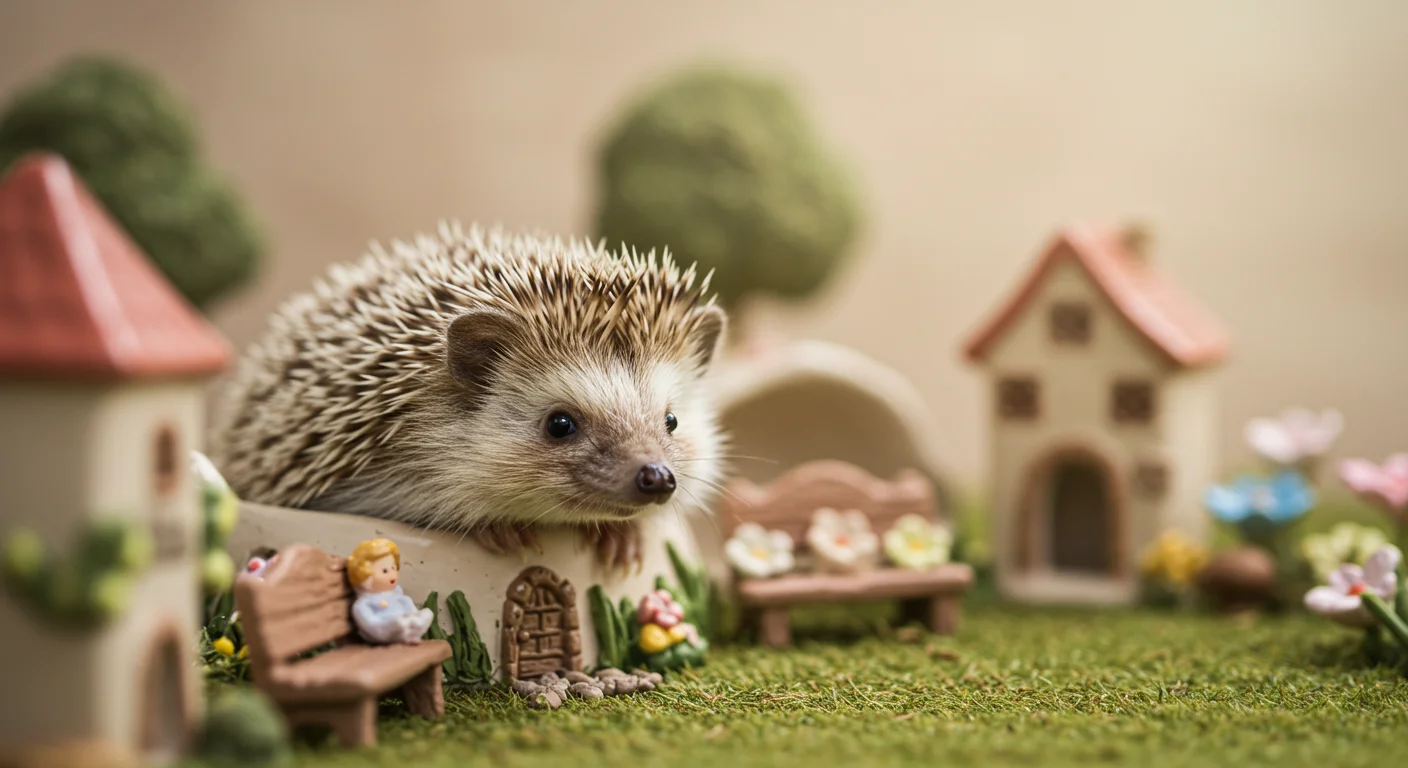
Myth 4: Hedgehogs Don’t Need Warmth / They Hibernate Safely
The Myth: Some believe that since wild hedgehogs (in Europe) hibernate, pet hedgehogs are fine in cooler temperatures or can safely hibernate.
The Reality: This is dangerously incorrect for the pet African Pygmy Hedgehog. As discussed previously (see Hibernation article), they *must* be kept warm (72-80°F / 22-27°C). Temperatures below this range can trigger a life-threatening hibernation attempt (torpor), not safe hibernation. They lack the adaptations of their European relatives for this process. Consistent, reliable heating is non-negotiable. This is one of the most critical, yet often misunderstood, aspects of proper hedgehog care.
Temperature is Critical: Failure to provide adequate heat is a leading cause of illness and death in pet hedgehogs. Never assume they are “fine” if their environment is cool.
Myth 5: Hedgehogs are Low Maintenance Pets
The Myth: Their small size leads some to believe hedgehogs require minimal care compared to larger pets.
The Reality: Hedgehogs require specific and consistent care. They need:
- A large, appropriately set-up enclosure.
- Precise temperature regulation (heating equipment).
- Daily cleaning (wheel, food/water dishes, spot cleaning).
- A specific diet and fresh water daily.
- Regular handling for socialization.
- Weekly full cage cleaning.
- Occasional baths and nail trims.
- Access to knowledgeable exotic pet veterinarians.
While perhaps needing less space than a large dog, their specialized needs (especially heating and diet) make them far from “low maintenance”. Potential owners must be prepared for the commitment.
Conclusion: Informed Care is Best
Debunking these common myths is essential for the health and happiness of pet hedgehogs. Always seek information from reputable sources like experienced breeders, exotic veterinarians, and well-researched care guides. Understanding the facts helps ensure these fascinating animals receive the specific care they need to thrive.
Information on animal classification sourced from general biological principles and resources like Wikipedia: Eulipotyphla. Care requirements based on established exotic pet husbandry standards.
